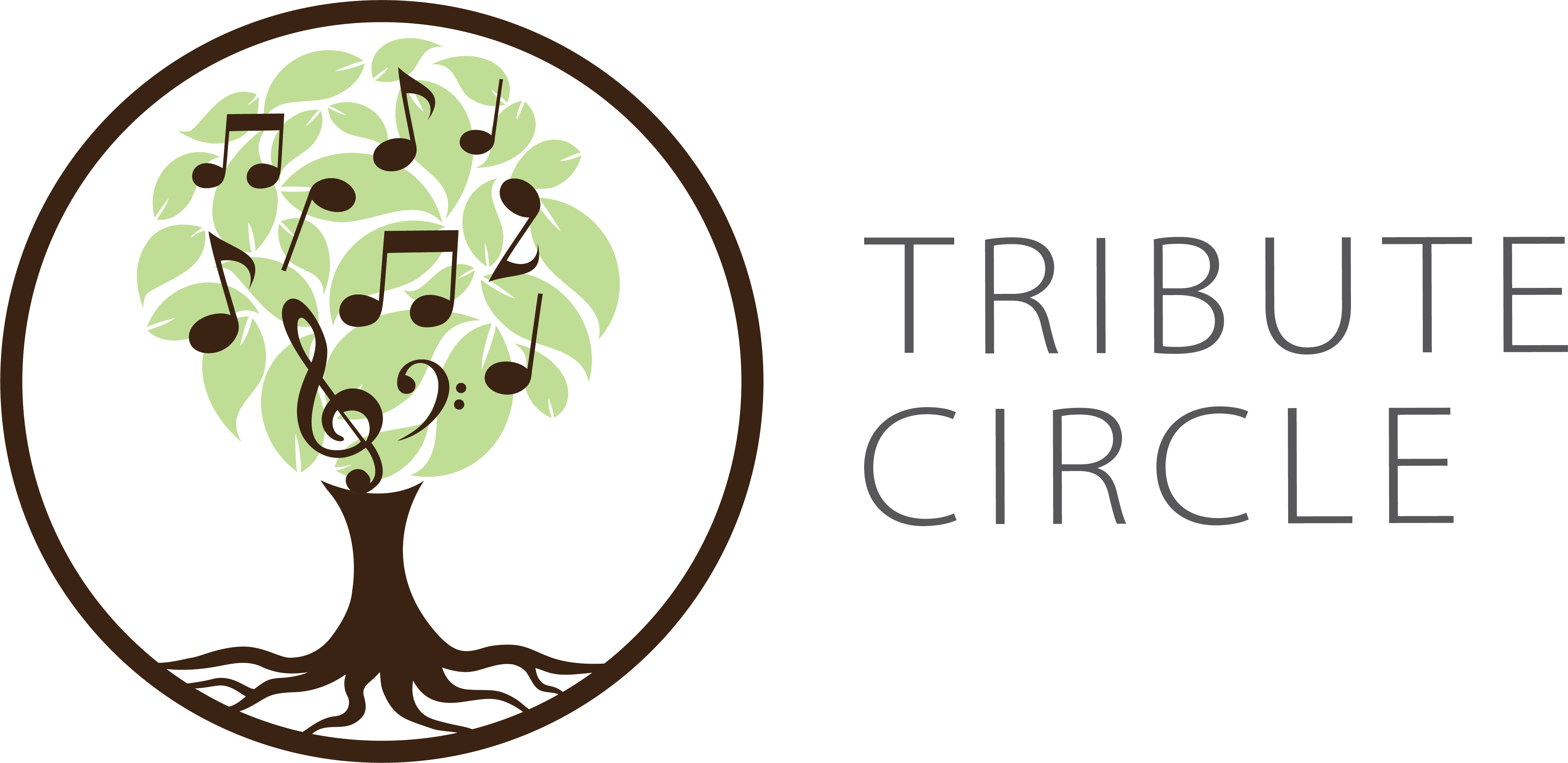When the music moves you
You can make a gift to the Foundation for the Victoria Symphony (CRA# 119285278 RR 0001) or the Victoria Symphony Society (CRA# 119285286 RR 0001). Together these charities support Victoria Symphony with the Foundation responsible for managing long-term and endowed investments.
How your gift makes a difference
Your decision to make a gift through your will, insurance, stocks, securities or a donor-advised fund will:
• Help retain and attract musicians and musical leadership of the highest quality to our community;
• Provide stable, long-term funds that empower strategic planning and new initiatives;
• Deliver inspiring music education and community outreach programs that ensure everyone has access and opportunity to share in the music.
You know what music means to you.
A gift in your will or financial plan in a beautiful way to share that experience with others.
You can make a legacy gift in many ways. Discuss the benefits of these giving options with your estate or financial advisor:
• Gifts made in a will
• Gifts of an RRSP/RRIF/TFSA
• Gifts from your donor-advised fund (DAF)
• Gifts of cash, stocks or publicly traded securities
• Gifts of real estate and other property
• Gifts of charitable annuities or remainder trusts
• Gifts with residual interest
• Gifts of life insurance
Planning your gifts allows you to create a legacy with long term goals for the community, one that Victoria Symphony can continue to deliver on your behalf.
Your legacy might be greater than you imagined. Gifts made to the endowment fund also qualify for matching funds from the federal government’s arts endowment incentive program.
Making a legacy gift can be simple, but we encourage you to seek advice from professional advisors that can consider your own unique needs, goals and resources.
Inspire, Learn, Connect – Join the Tribute Circle
Donors who include Victoria Symphony in their estate and financial plans are invited to become members of our Tribute Circle. It’s our way of recognizing, celebrating and sharing—every day—the difference your generosity, foresight and commitment makes to our community. It’s a great way to learn what happens behind the scenes or to connect with people who share your interests in music.
As a Tribute Circle member, your benefits include:
• Opportunities to connect with young artists, our VS musicians, and other like-minded people who – like you! – make Victoria Symphony performances possible.
• Ways to recognize and honour someone who made a difference in your life
• Recognition as a Tribute Circle member in our annual report and other publications
• Invitation to our annual Tribute Circle reception and concert
• Invitation to exclusive musical moments throughout the year, such as private rehearsals and special events
• Regular updates about your Victoria Symphony through our eNewsletters



